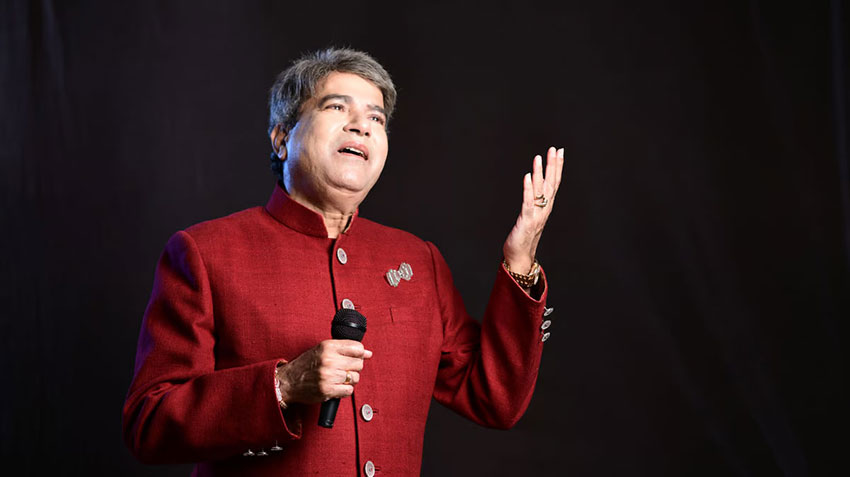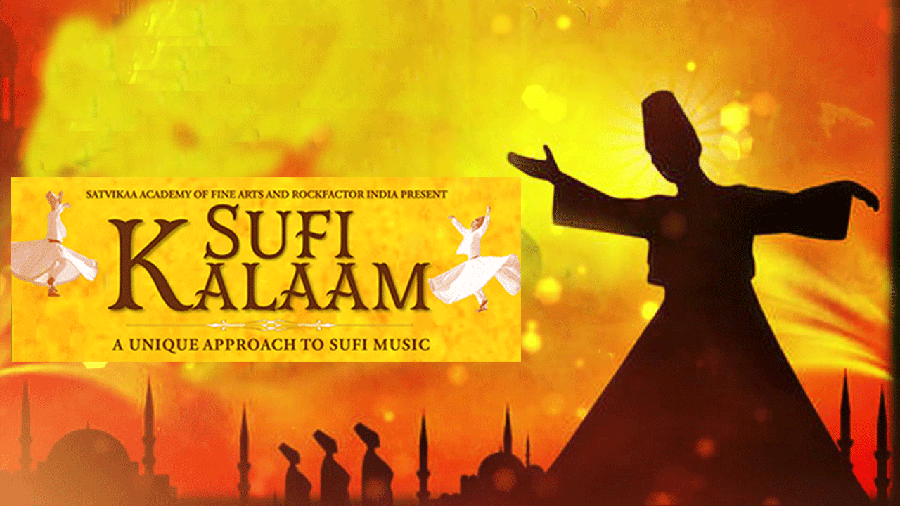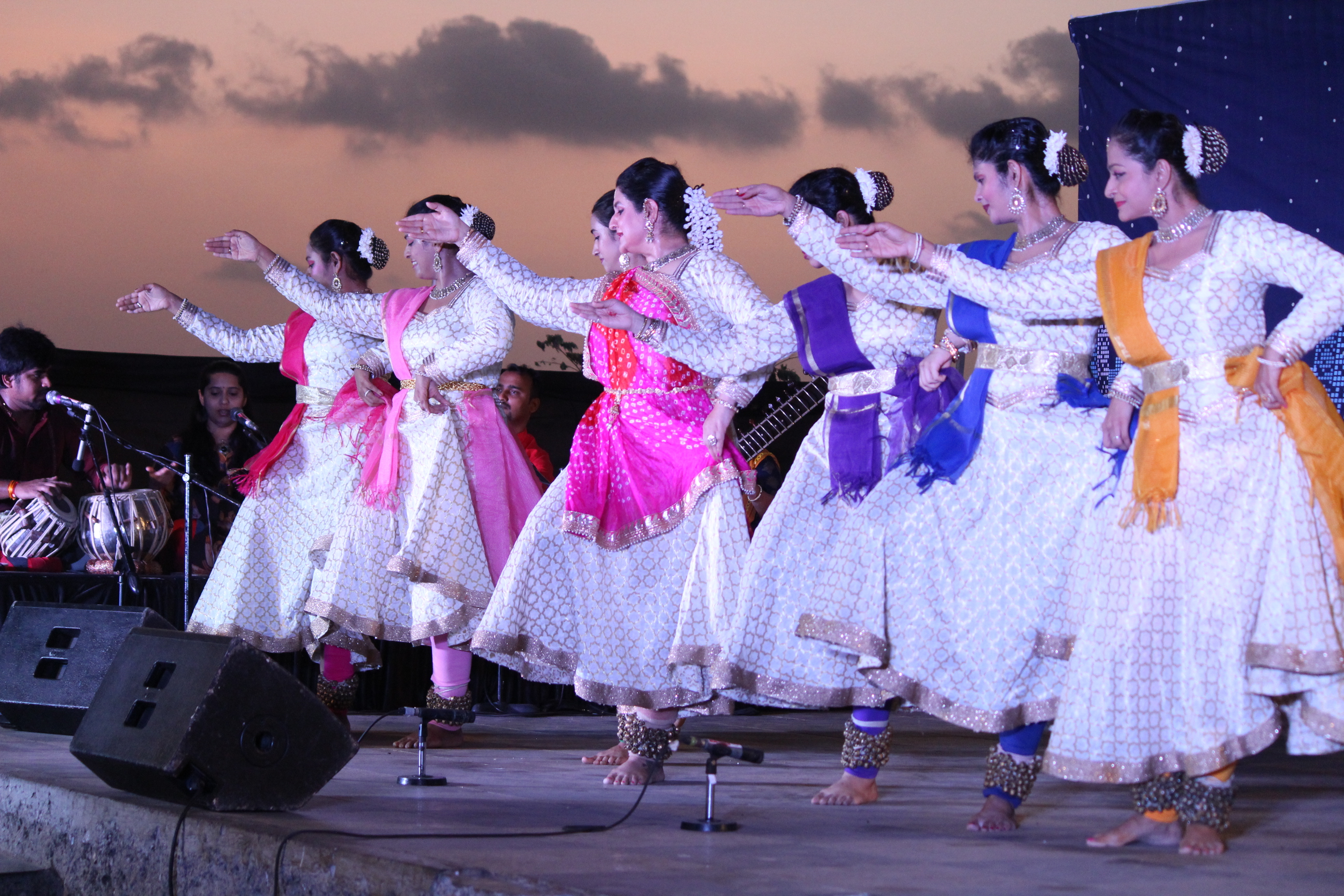In the digital era, social media platforms are powerful tools for classical dancers and musicians to connect with audiences, peers, and patrons. However, effective use requires understanding and care. Here’s an exhaustive guide to the dos and don’ts of social media.
Dos: Enhancing Your Digital Persona
- Embrace Your Identity: Your profiles should reflect your passion for classical art. For example, a dancer might share videos of rehearsals, providing insights into the hard work behind a performance.
- Engage with Your Audience: Interaction helps in building connections. Reply to comments on your posts, conduct live Q&A sessions, or host webinars. A musician might share a tutorial on a particular raga, encouraging fans to ask questions.
- Share Relevant Content: Consistently post content that resonates with your art form. A classical singer might share articles or interviews about the evolution of a specific classical tradition, thereby educating followers.
- Collaborate with Peers: Connect with fellow artists, share their content, or engage in joint online performances. For example, a collaboration between a classical dancer and musician for an online festival can showcase unity within the art form.
- Maintain Professionalism: Use quality images and maintain a cohesive theme. A well-designed bio that explains your training and performances can attract concert organizers and enthusiasts alike.
- Protect Your Privacy: Share insights without divulging personal details. For instance, discussing the inspiration behind a dance piece is enriching but avoid sharing overly personal family information.
Don’ts: Avoiding Digital Missteps
- Avoid Controversy: Refrain from commenting on polarizing topics. For instance, voicing strong political opinions might detract from your art and alienate followers.
- Don’t Over-Promote: A balance between self-promotion and engagement is key. While it’s essential to advertise upcoming performances, intersperse these with content like practice sessions or artistic insights.
- Avoid Poor Quality Content: Invest in good quality images and videos. An out-of-focus performance video could distract viewers from the beauty of your art.
- Don’t Ignore Negative Comments: Address genuine concerns or criticism with grace. If someone criticizes the audio quality in a performance video, a polite response acknowledging and promising to improve it reflects professionalism.
- Avoid Over-Sharing: While it’s good to connect, oversharing personal struggles or unrelated daily activities can confuse your audience about your artistic focus.
- Don’t Plagiarize: Always credit original work. Sharing a fellow musician’s composition without attribution could lead to distrust within the community.
Finding Harmony Online
Navigating social media as a classical dancer or musician is akin to performing a delicate piece of art. Every post, every comment, every share forms a continuous flow that represents you as an artist.
By embracing your unique identity, engaging meaningfully with your audience, collaborating with peers, and avoiding common missteps, you can create a virtual presence that resonates with the grace and profundity of your art.
For instance, artists like Ravi Shankar have used social media to offer glimpses into their creative process, successfully engaging fans and aspiring musicians. Emulate such examples and let your virtual stage be a mirror to your real-world artistry, connecting with hearts and minds across the globe, and furthering the timeless tradition of Indian classical arts.
Image by pikisuperstar on Freepik










